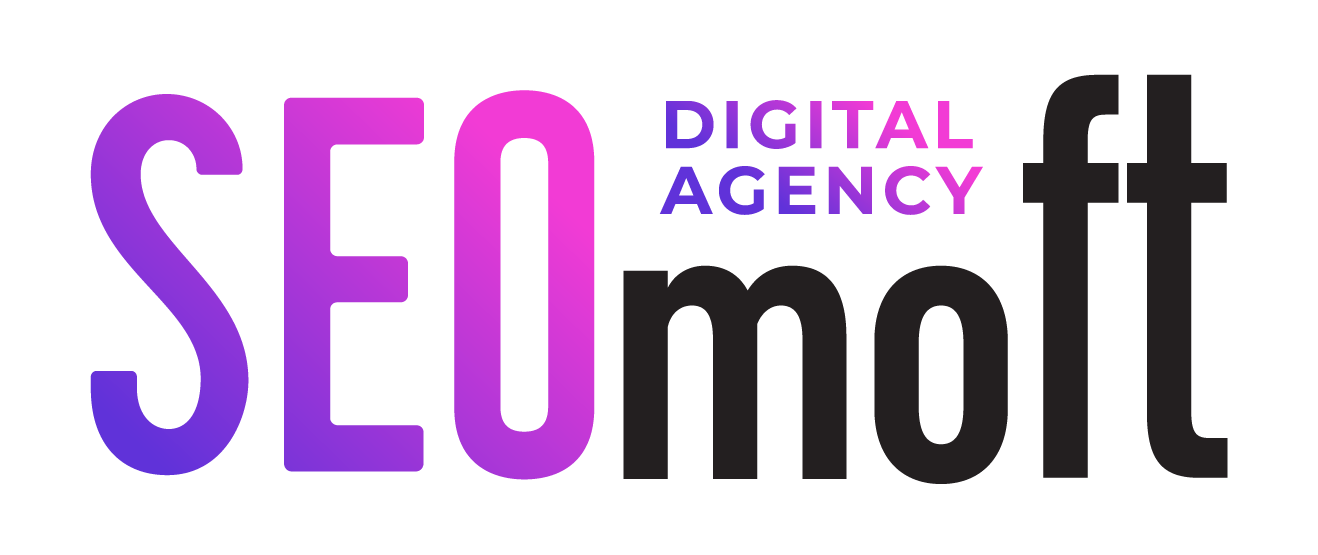Inbound marketing combines various aspects of digital marketing and harmonizes them into a single goal-fulfilling strategy. It refers to strategies that target the right customers. These are the people that already have an interest in the things you and your business are providing. It can mean that they’ve previously purchased from your website already, have followed you on social media, or searched for similar products/services that you offer.

The difference between SEO and inbound marketing is really about the goals. Inbound marketing is a means of generating opportunities without interrupting them. It maps your digital marketing with the stages of the buying process in a way that helps you to:
- Attract visitors to your website while they are researching their problems;
- Convert anonymous visitors into known leads as they dig deeper into their problems and seek richer information about potential solutions;
- Close customers by supporting their decision-making and capitalizing on earned trust;
- Delight customers by treating them with care, then turning them into promoters of your brand.
Put simply, inbound marketing helps businesses strategically generate new, qualified leads that marketing and sales teams can nurture and convert into more customers.
How SEO Fits Into Inbound Marketing
Inbound is a strategy for generating leads through content. SEO is a tactic to facilitate that strategy by putting the content in front of the right person at the right time. Thanks to Google, what’s best for SEO is the creation of high-quality content that serves the searcher’s intent.

Without SEO, it’s unlikely that you will get the right kind of traffic you need. SEO increases the visibility of your website and ensures that you rank for the keywords most relevant to your business.
Without inbound marketing, your SEO efforts just wouldn’t pay off. Customers want and need reasons to trust you and to choose your business over the many others out there. By giving them content (blogs, articles, downloads) or information, or by interacting with them (social media, email marketing), you’re setting yourself apart from the competition.
Inbound marketing without SEO is pointless because it means your great content may not be found quickly or reliably enough to make a difference. SEO without inbound marketing is ineffective because customers can and will leave websites that don’t meet their needs, no matter how well they rank.
Let’s look deeper at two specific ways work together.
Content feeds SEO
SEO can survive without inbound marketing, but not without content. Inbound marketing can’t exist without SEO. Consistent and epic content creation is at the heart of an inbound marketing strategy. Content is like a feeding tube of rich nutrients pouring into and nurturing SEO.
SEO drives site traffic
Without site traffic, your users will don’t have a chance to encounter the user experience, the epic content, or the optimized paths to conversion that inbound marketing creates. On-page and off-page SEO do their job to attract website visitors which is the very first step in the inbound marketing process. While traffic itself is great to have, it will be useless if you’re not capturing those people as leads through a free offer and dropping them into your sales funnel.
How To Incorporate SEO Into Your Inbound Marketing Strategy
Mastering SEO is a vital factor to the success of your inbound marketing strategy, it may seem like a lot to handle and consider but, with practice, it will all fall into place, guaranteeing to take you to new heights of success. Employing a well-implemented SEO strategy will ensure that the customers you’ve targeted elsewhere will find exactly what they’re looking for once they’re on your site.
The real trick to a successful inbound marketing campaign lies in content creation. Continually generating new content produced with the thoughtful purpose of attracting your target audience will drive customers to your site. These strategies can get you customers that are already interested in what you are selling, or in the industry that your brand exists in.

Conclusion
By now, you know that inbound marketing is the most effective way to increase your visitors, leads, and buyers. You’ll need to attract customers by understanding their deepest needs, aspirations, and struggles. Instead of focusing on trying to bring in traffic that may or may not be relevant, inbound efforts make the most of the traffic you want and need by offering them content or information that is desirable, helpful, and interesting. Extend your reach to other sites and present your content around the web, acquiring new customers and building your influence and authority. Once you have the traffic, work to convert those visitors with free content and influencer marketing that drives leads. Adding a compelling email campaign and a high-converting website, you can be guaranteed to grow your business like never before.

